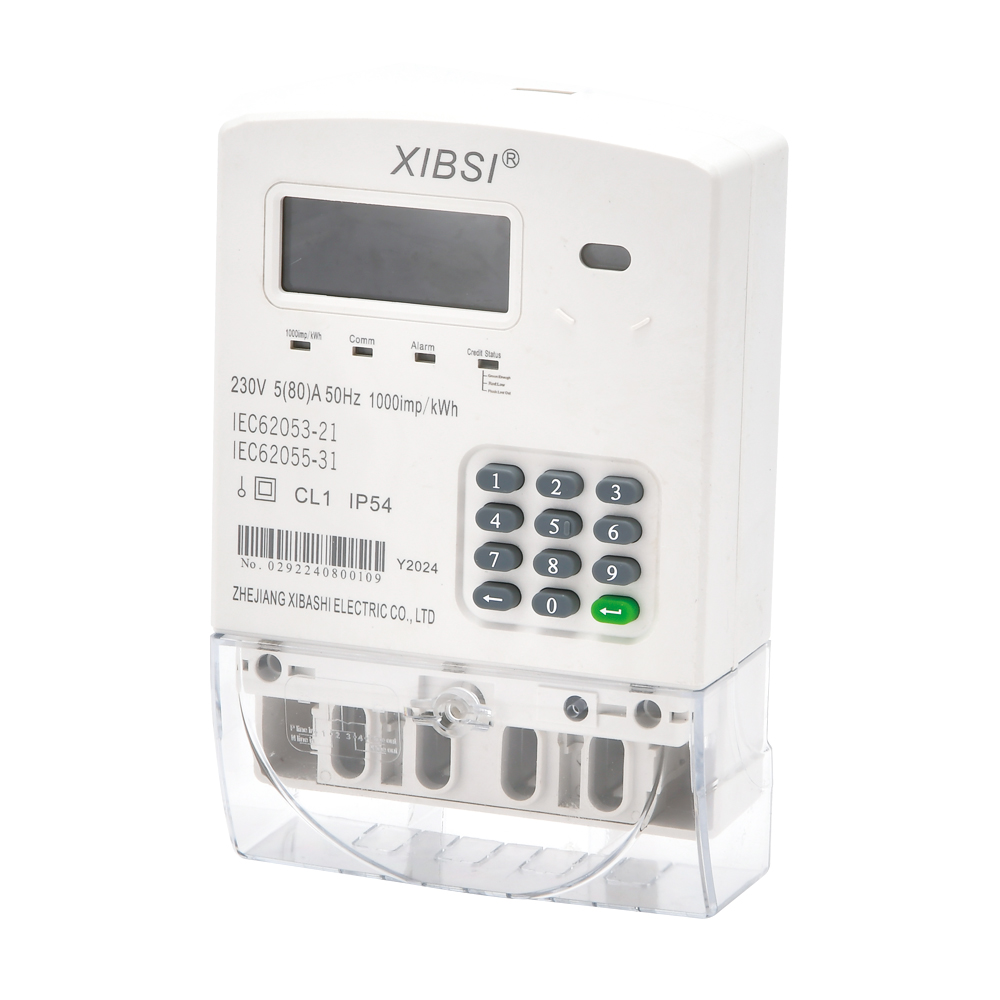How does a smart meter achieve remote meter reading?
Publish Time: Author: Site Editor Visit: 779
1、 Collect electricity meter data
As the core device of the system, smart meters are equipped with sensors and measurement chips, which can collect real-time electrical energy data such as voltage, current, and power, and store these data in the meter's memory. These data are the basis for remote meter reading.
2、 Data transmission
The smart meter is equipped with a communication module that is responsible for transmitting meter data to a data processing server. The commonly used communication methods include wireless communication and wired communication:
Wireless communication: Mobile communication networks such as 4G, LoRa, Wi Fi, GPRS, 3G, etc. provide higher flexibility and convenience.
Wired communication: wired communication networks such as RS-485, Ethernet, PLC, etc. have higher stability and reliability.
According to specific usage scenarios and requirements, suitable communication methods can be selected. During the process of transmitting electricity meter data to the data processing server through the communication module, the speed and stability of data transmission are key factors.
3、 Data Processing and Analysis
After receiving the data transmitted by the electricity meter, the data processing server will perform a series of data processing operations, including data parsing, storage, and analysis. The server will process the data according to preset rules and algorithms to generate the electricity usage report required by the user. At the same time, the data processing server also provides functions such as data query and report generation, making it convenient for users and management personnel to conduct electricity analysis and management.
4、 Remote meter reading and management
User side applications can achieve real-time monitoring and querying of household or industrial electricity consumption. Users can access the user application at any time through devices such as mobile phones and computers to view the real-time electricity consumption of the meter, including electricity consumption, voltage, current, power factor, etc. In addition, the system can also conduct electricity analysis based on electricity consumption data to provide energy-saving suggestions for users. When the system detects abnormal electricity usage, it will promptly send alarm information to users through the user application, so that they can take measures to deal with it in a timely manner, preventing resource waste and safety accidents.
In summary, smart meters collect energy data through built-in sensors and metering chips, and transmit the data to a data processing server for processing and analysis through a communication module. Users can view and manage their electricity usage in real-time through the user application, achieving automation and intelligence of remote meter reading for electricity meters. This system not only improves meter reading efficiency and accuracy, but also provides users with more convenient and efficient electricity services.
